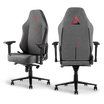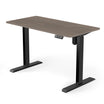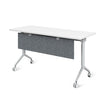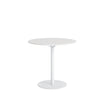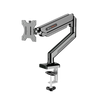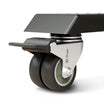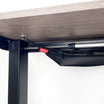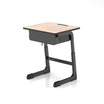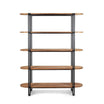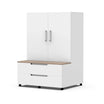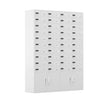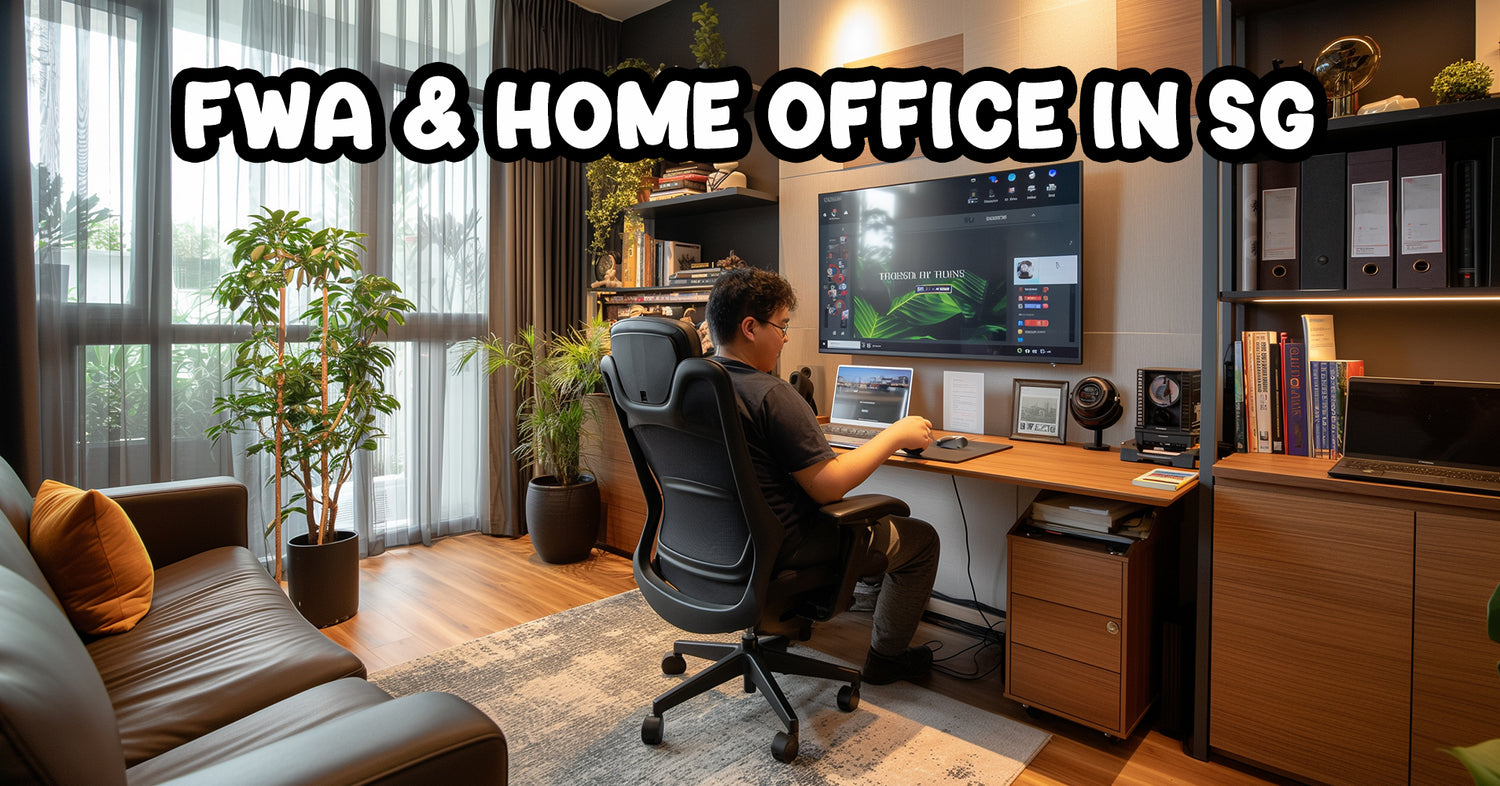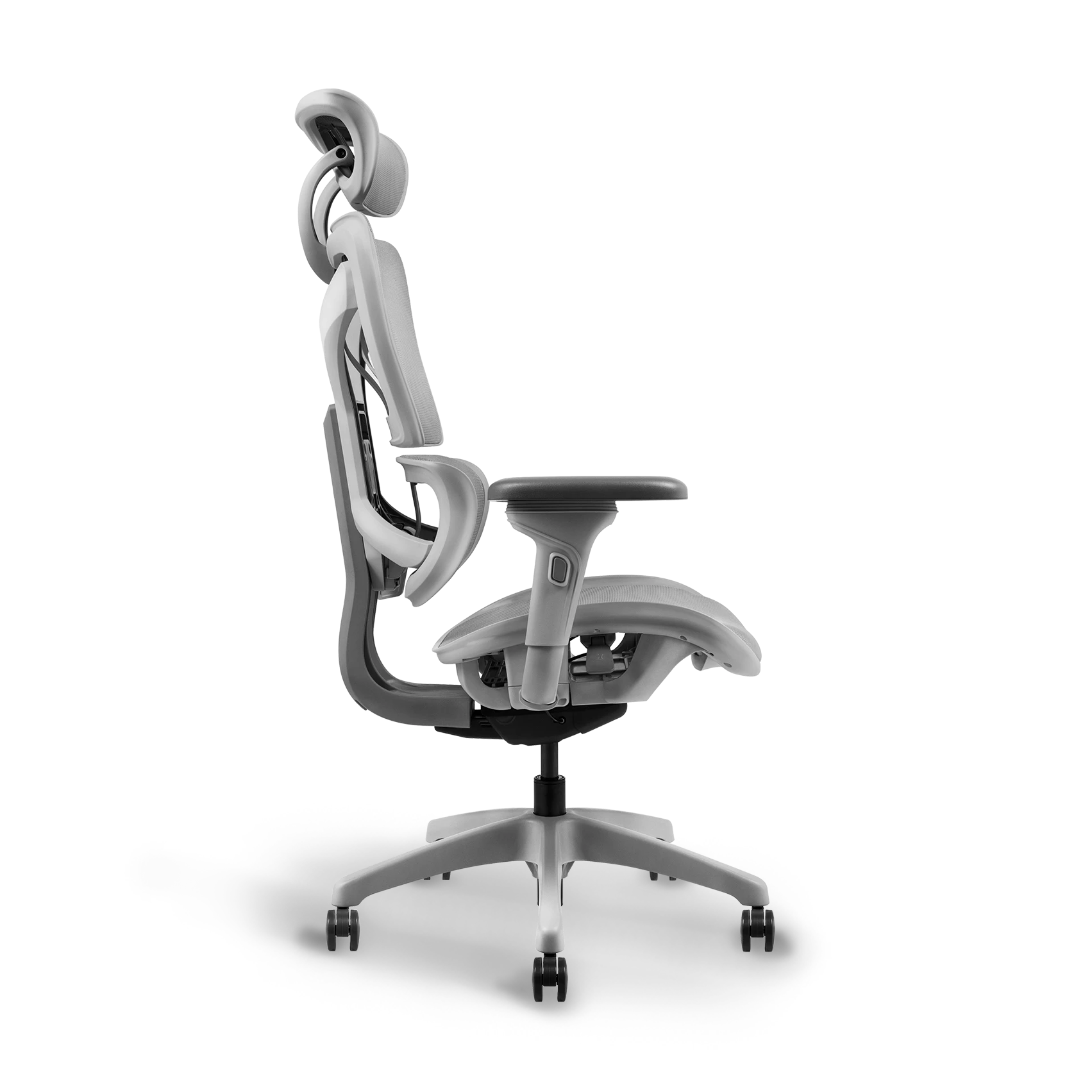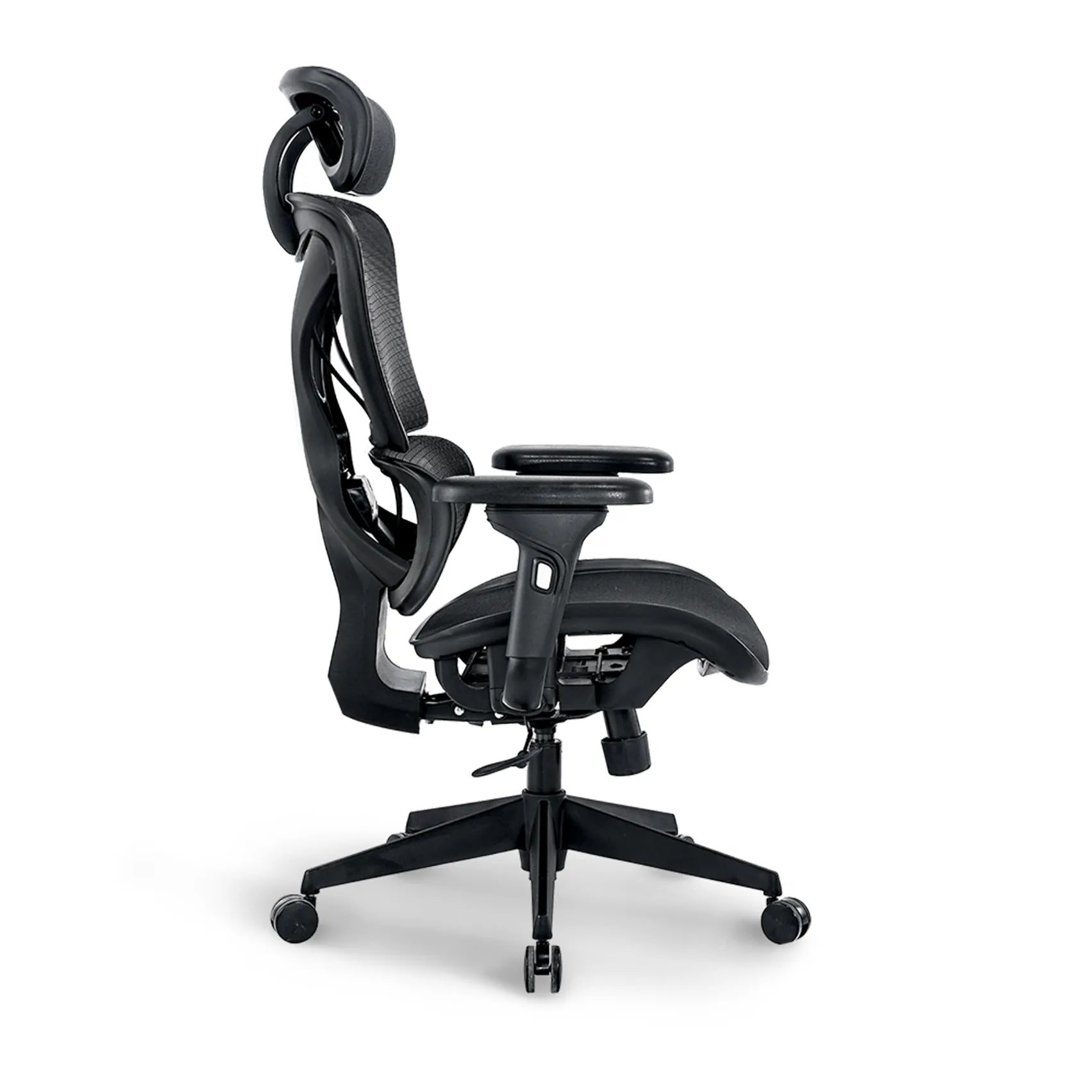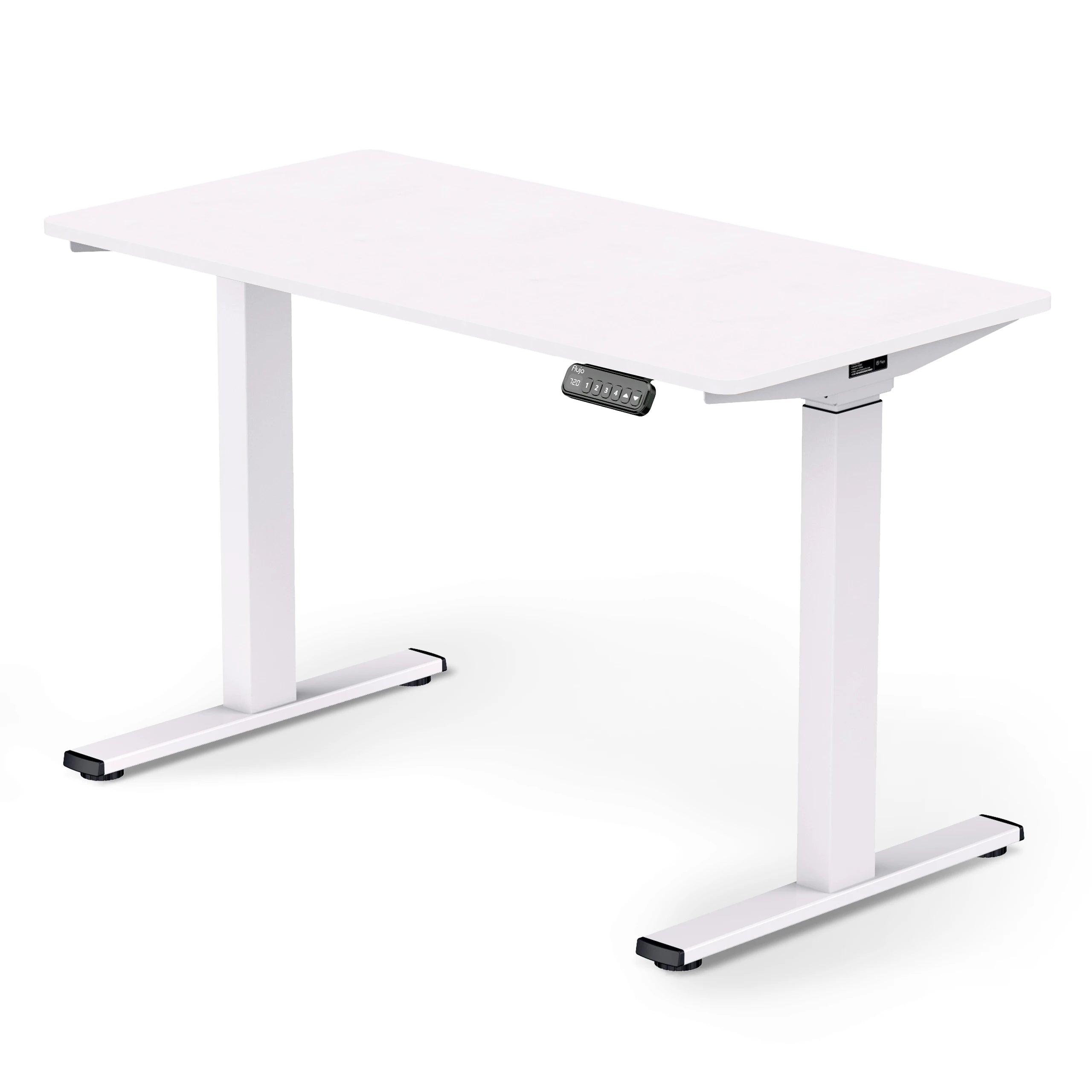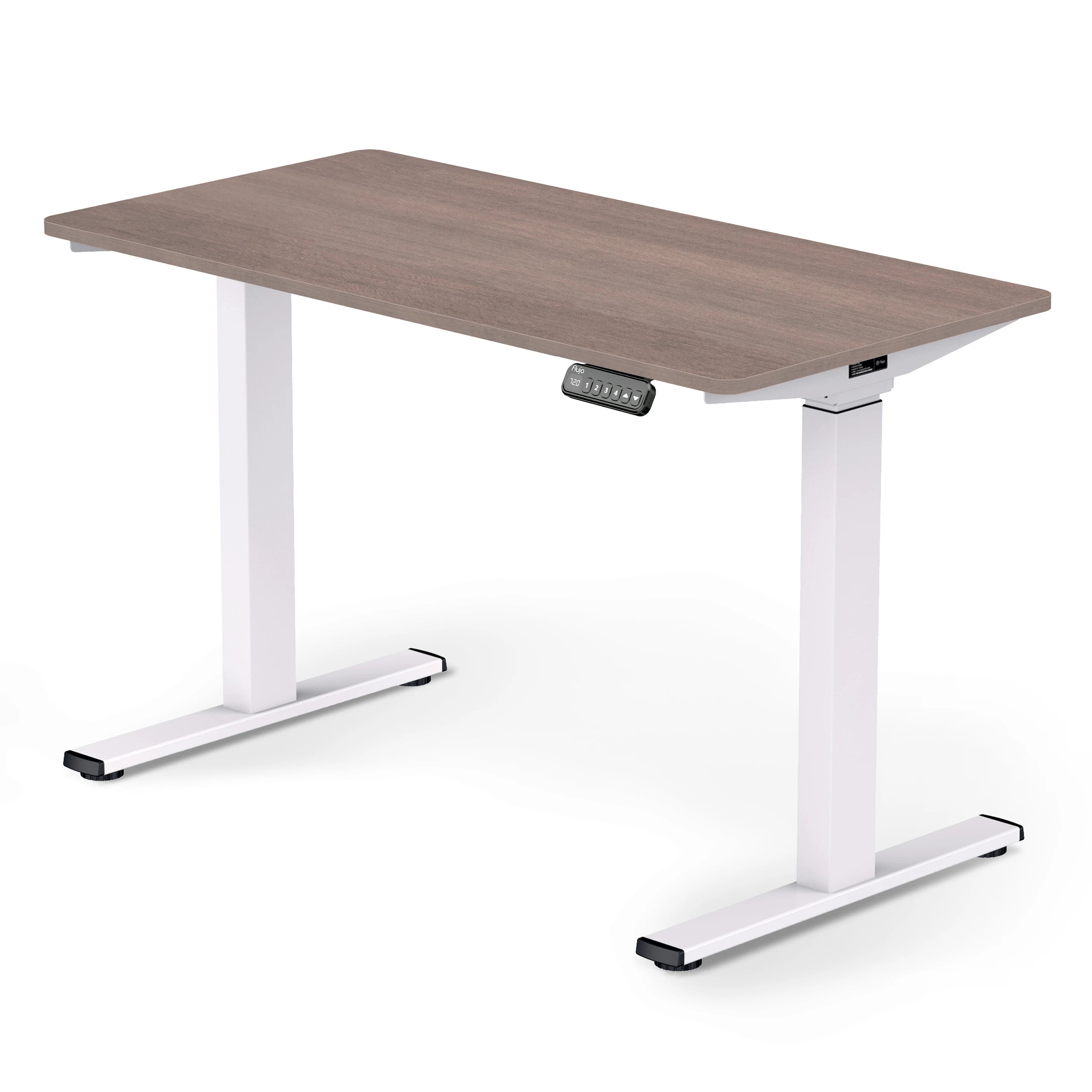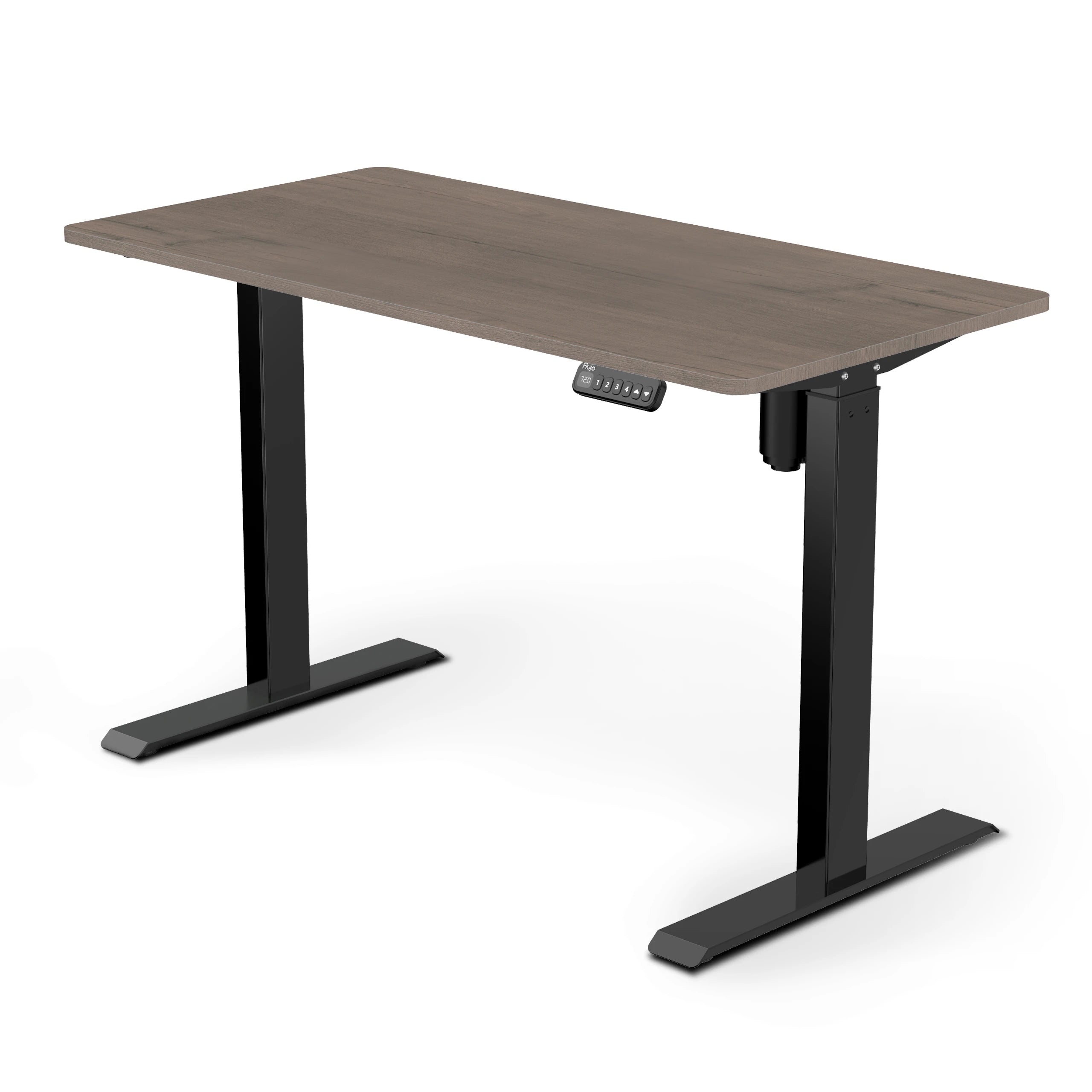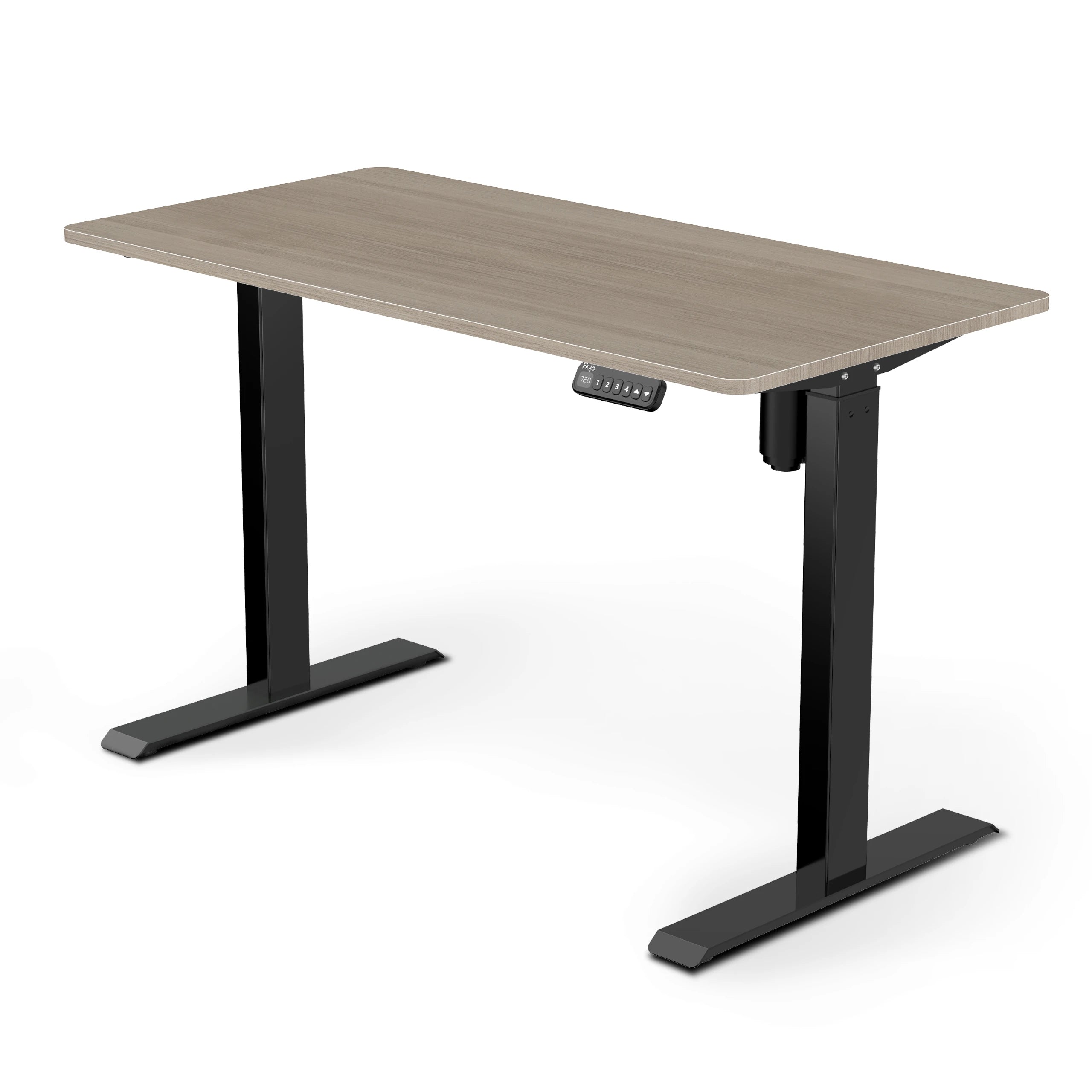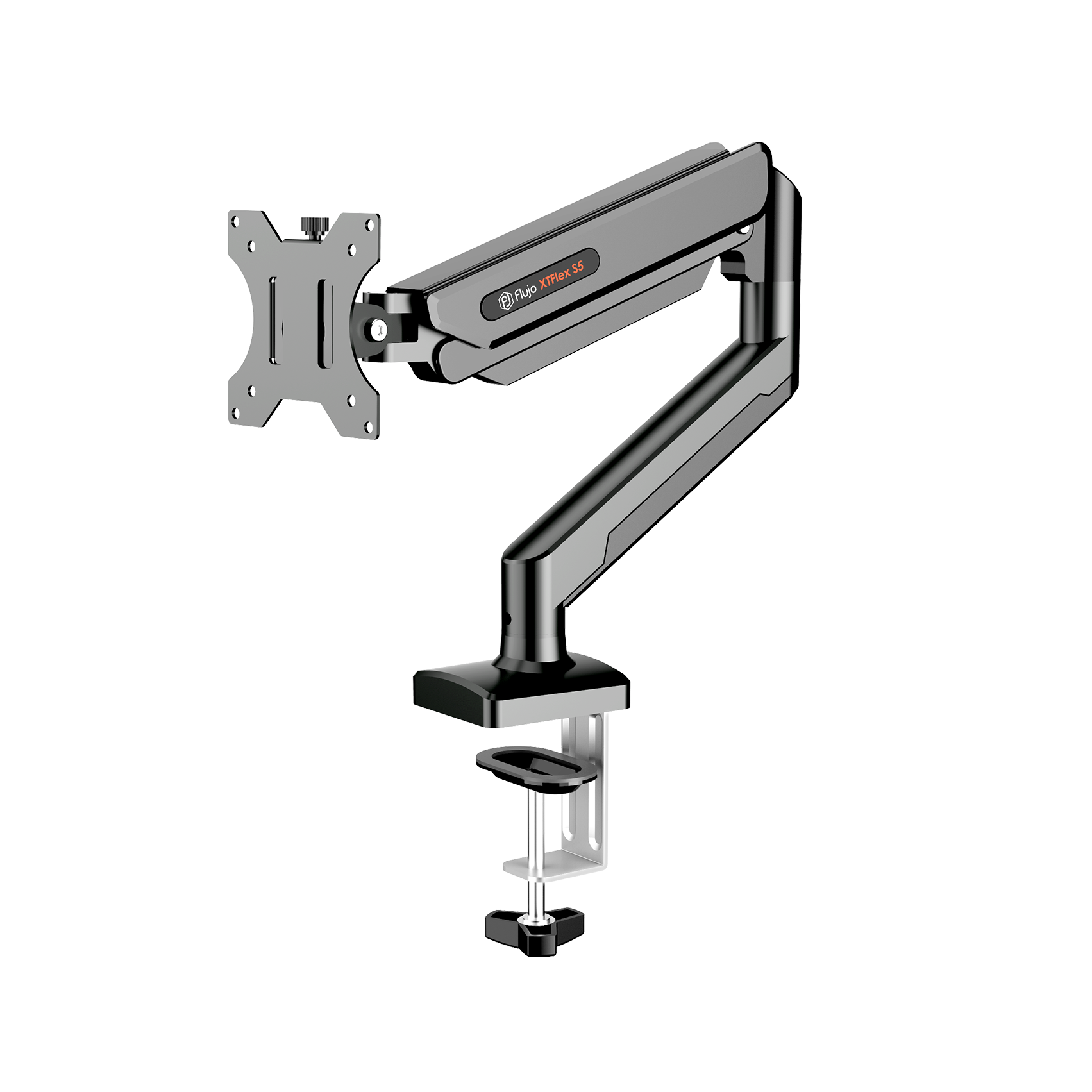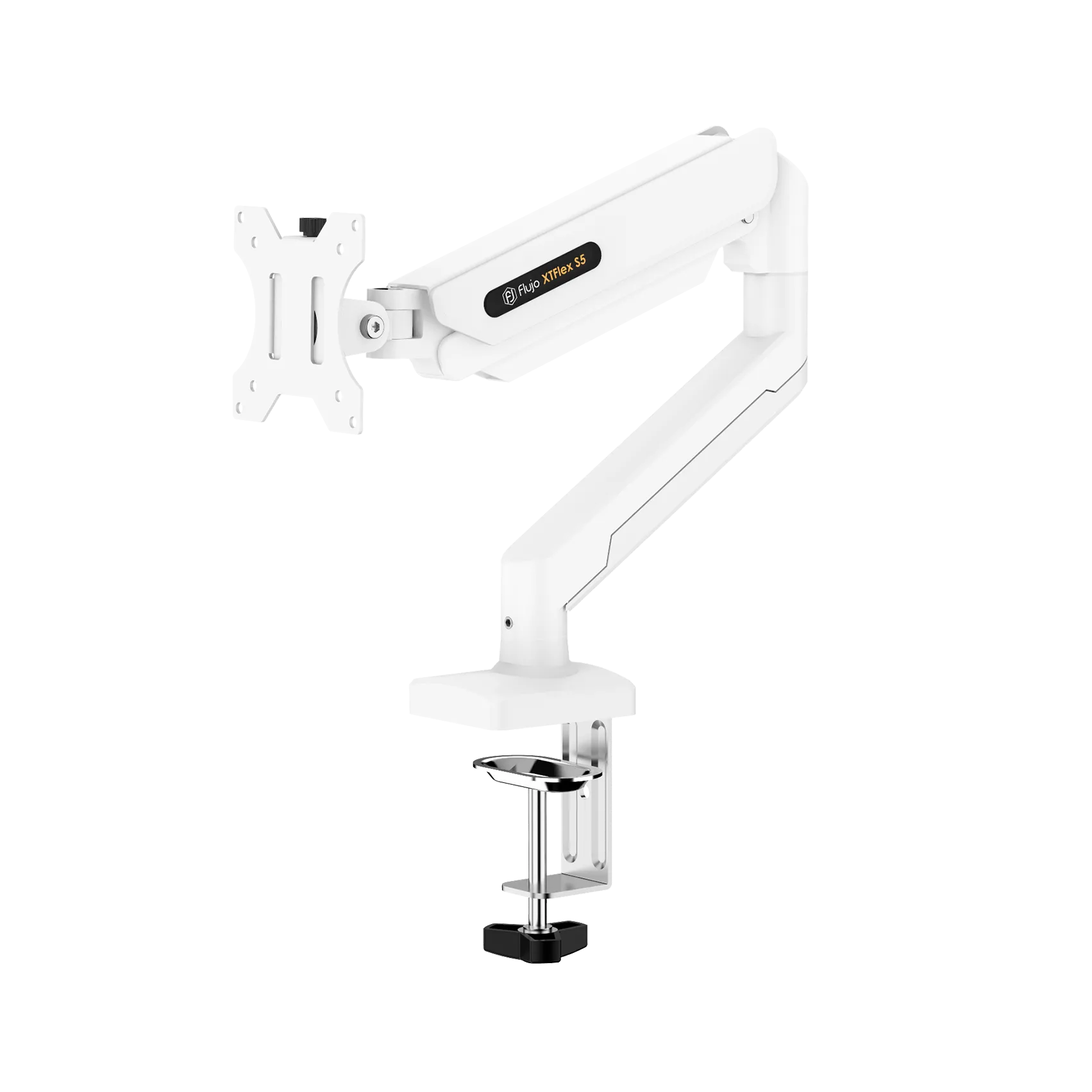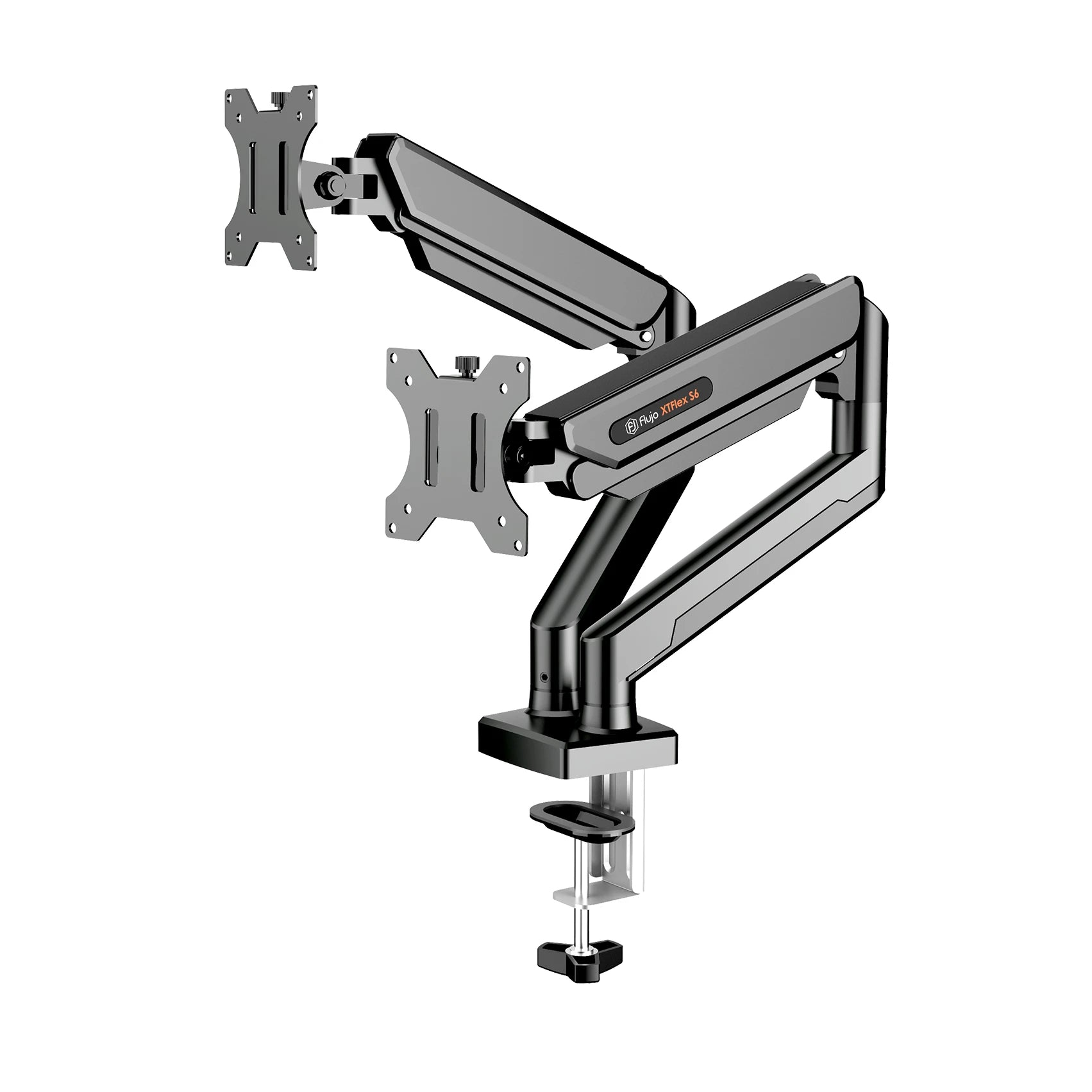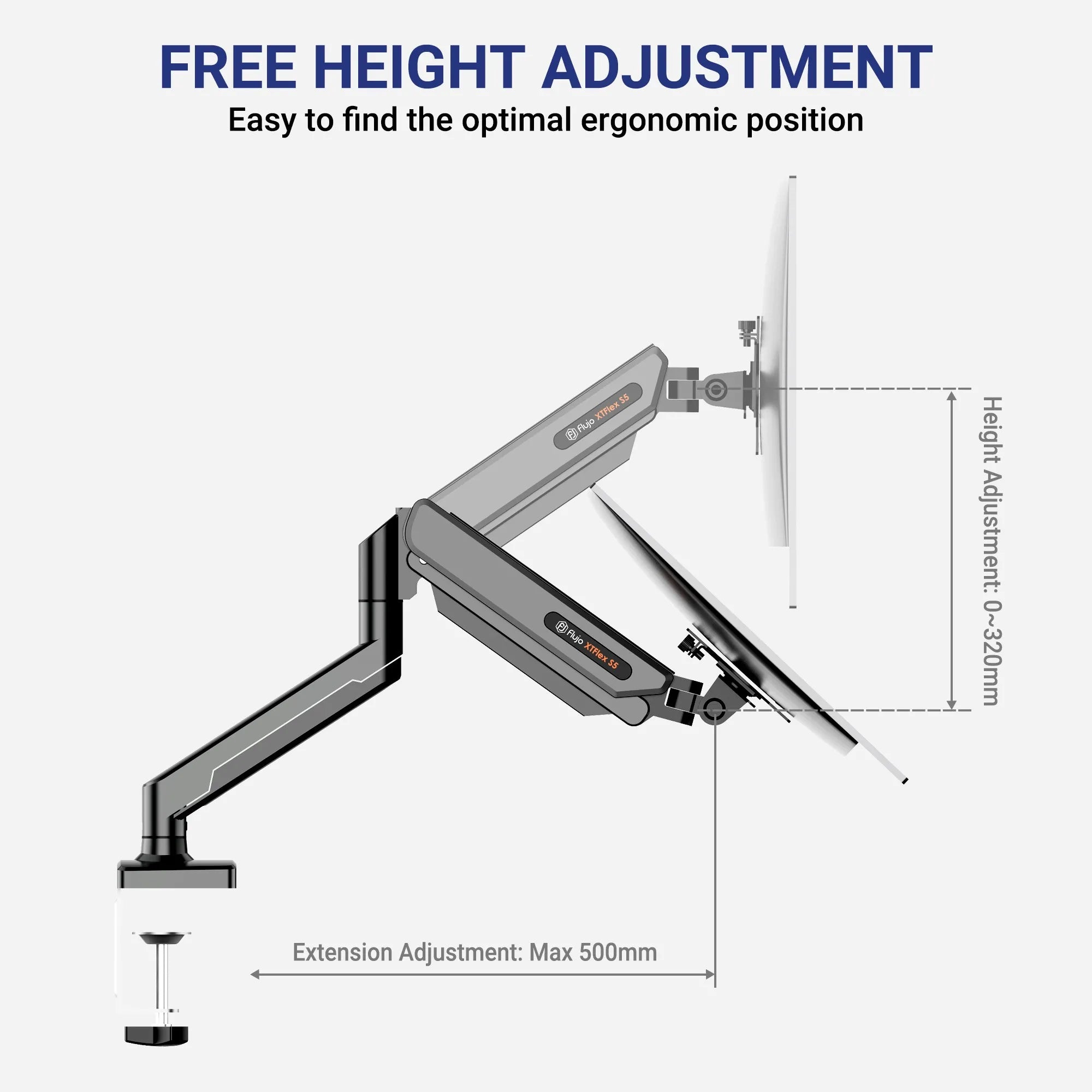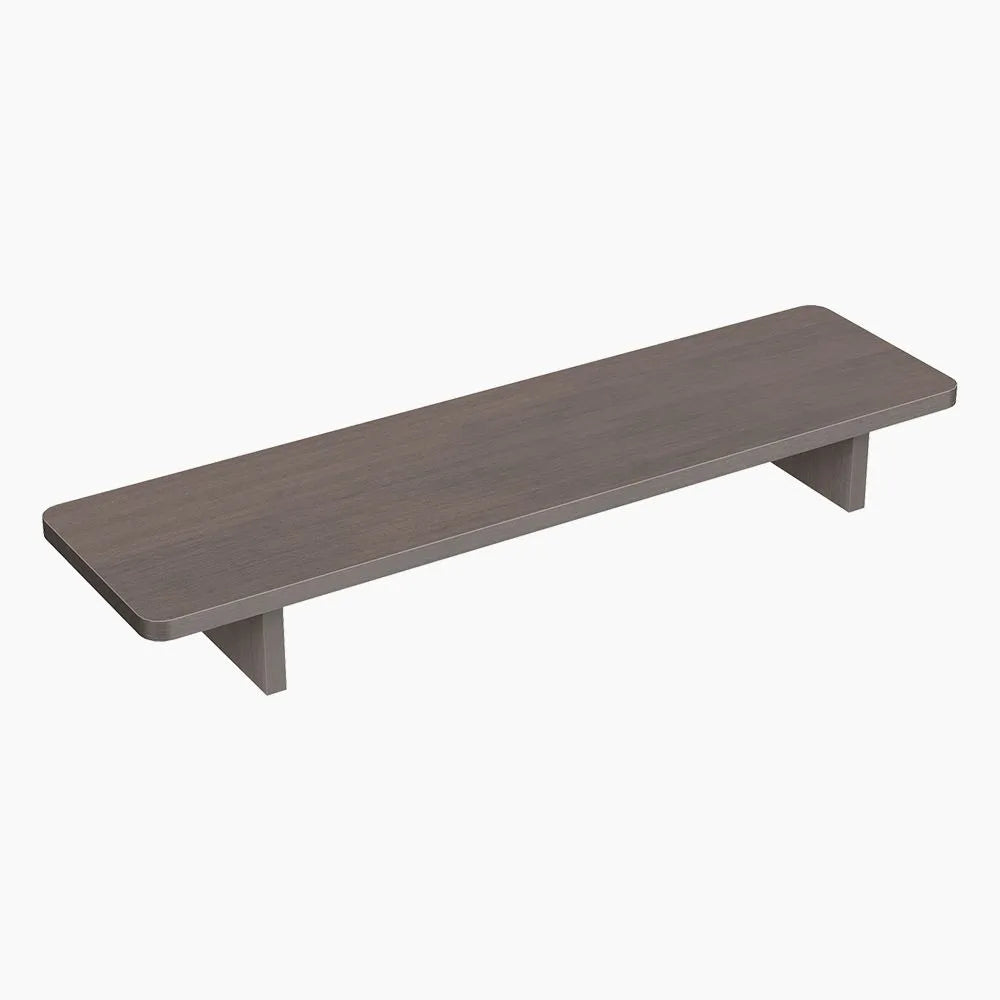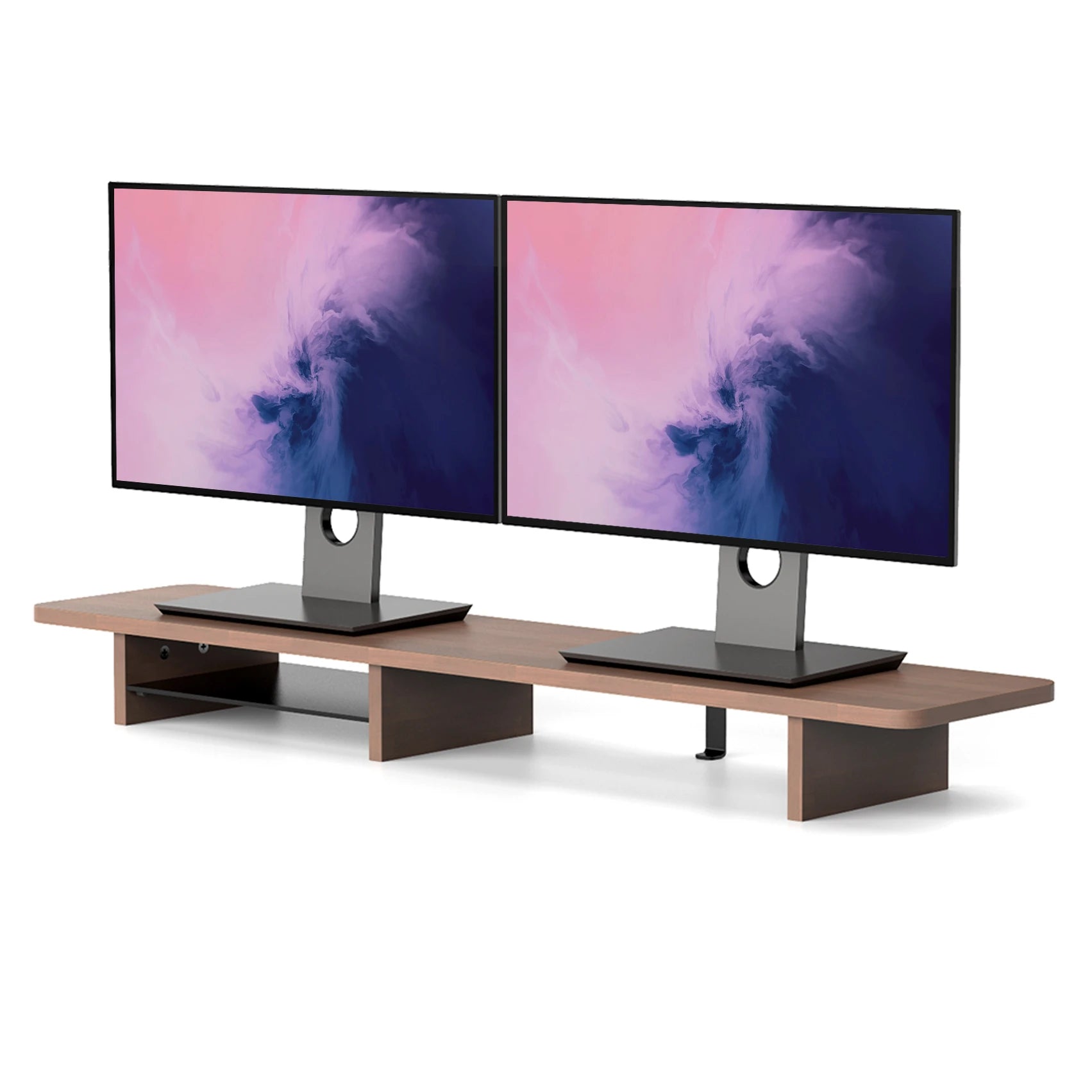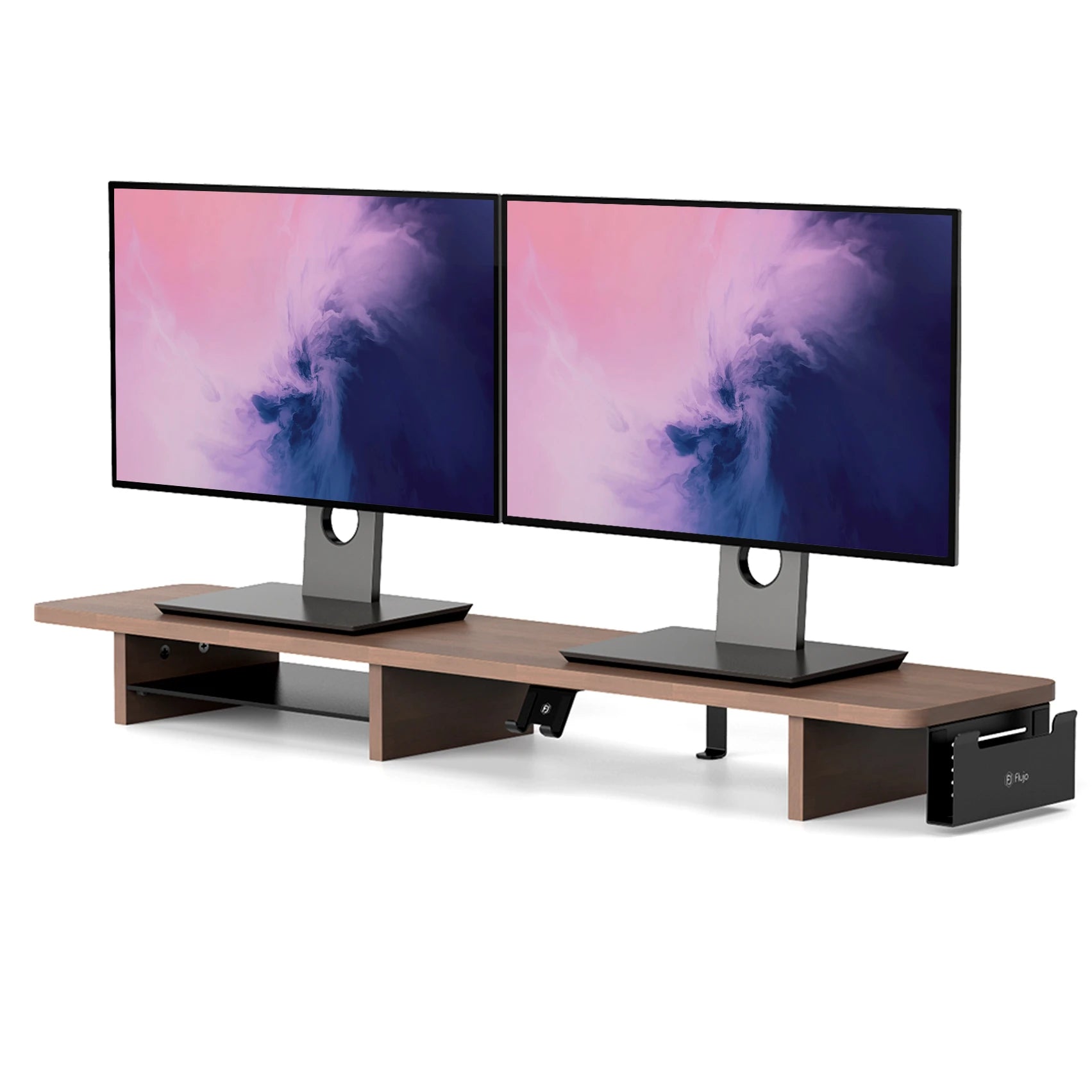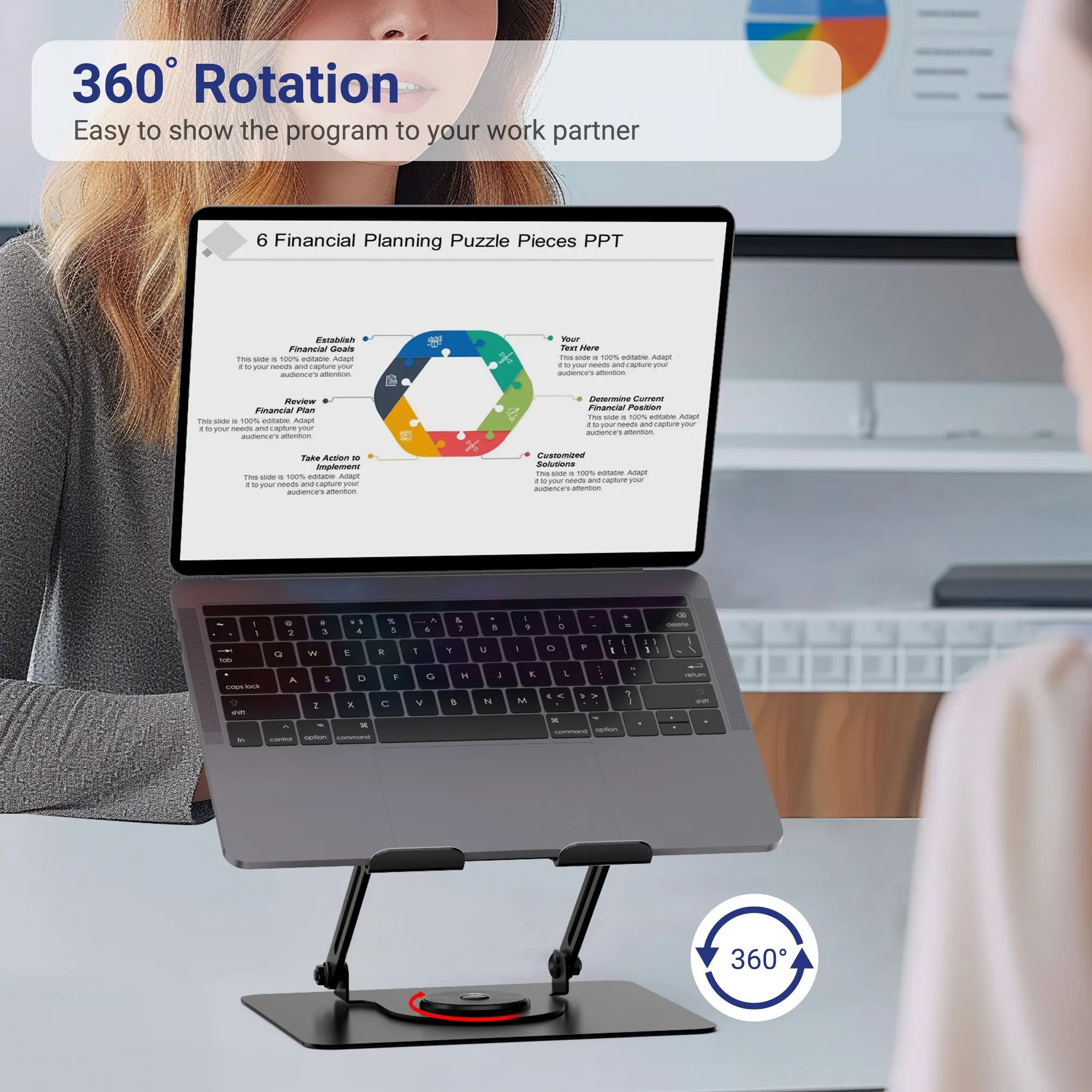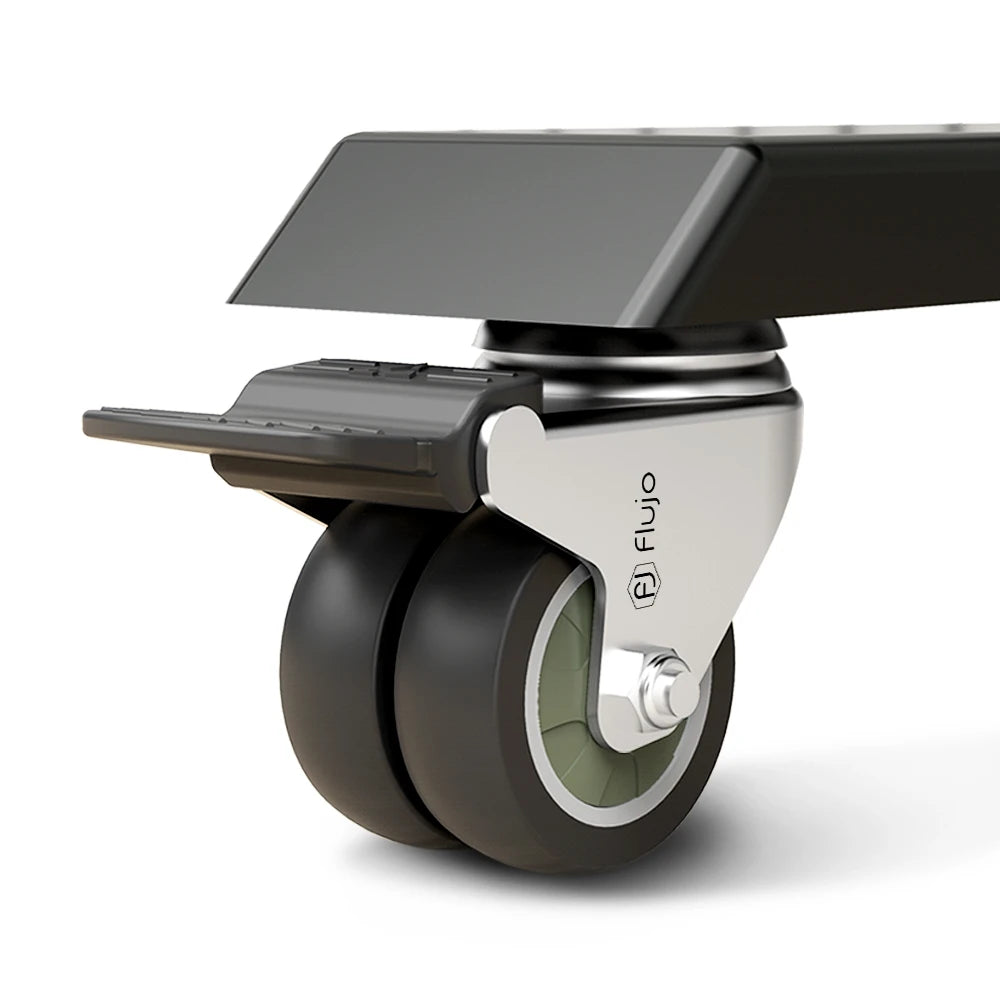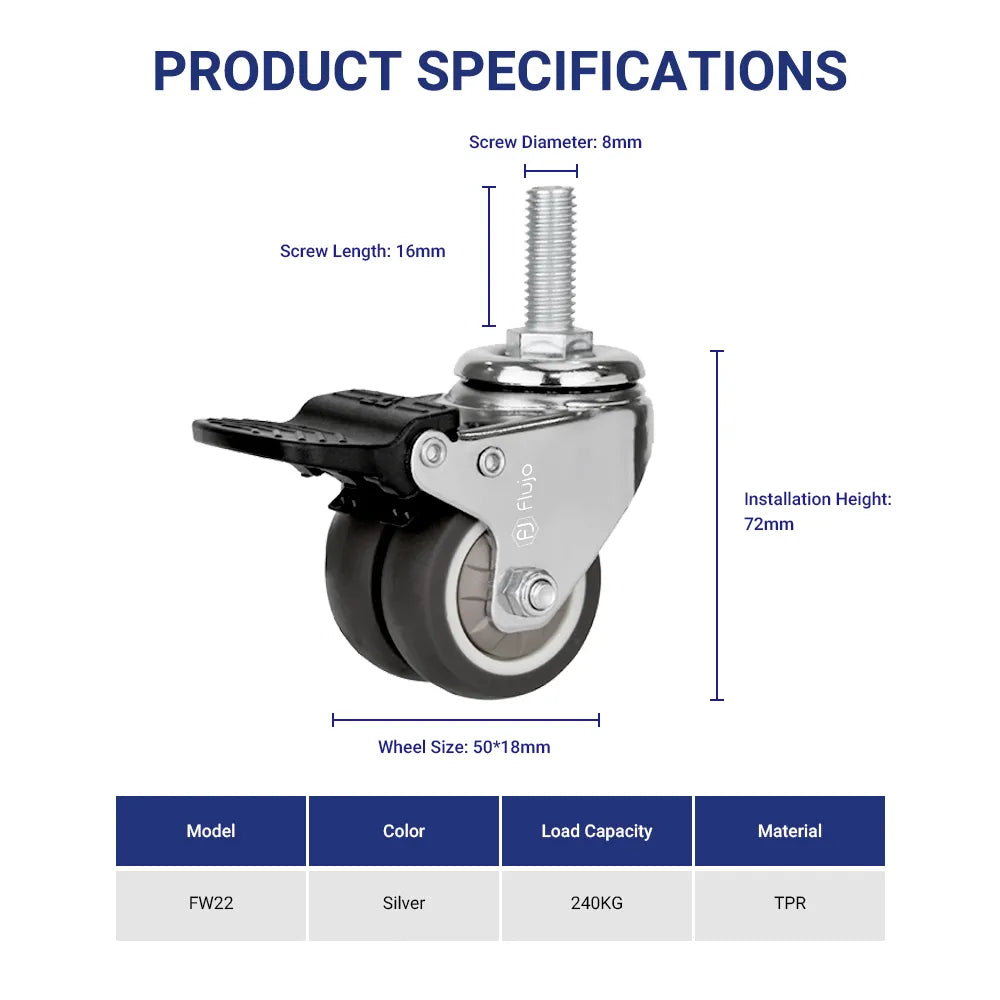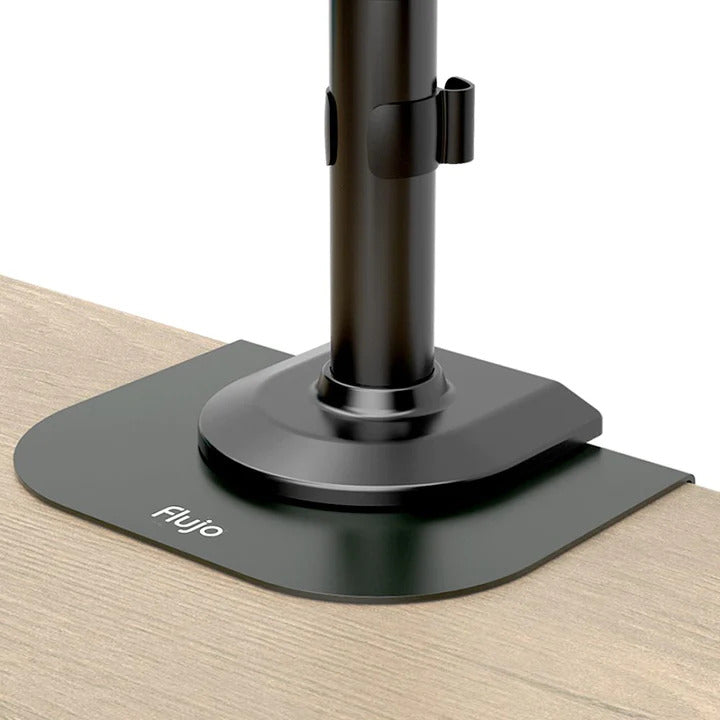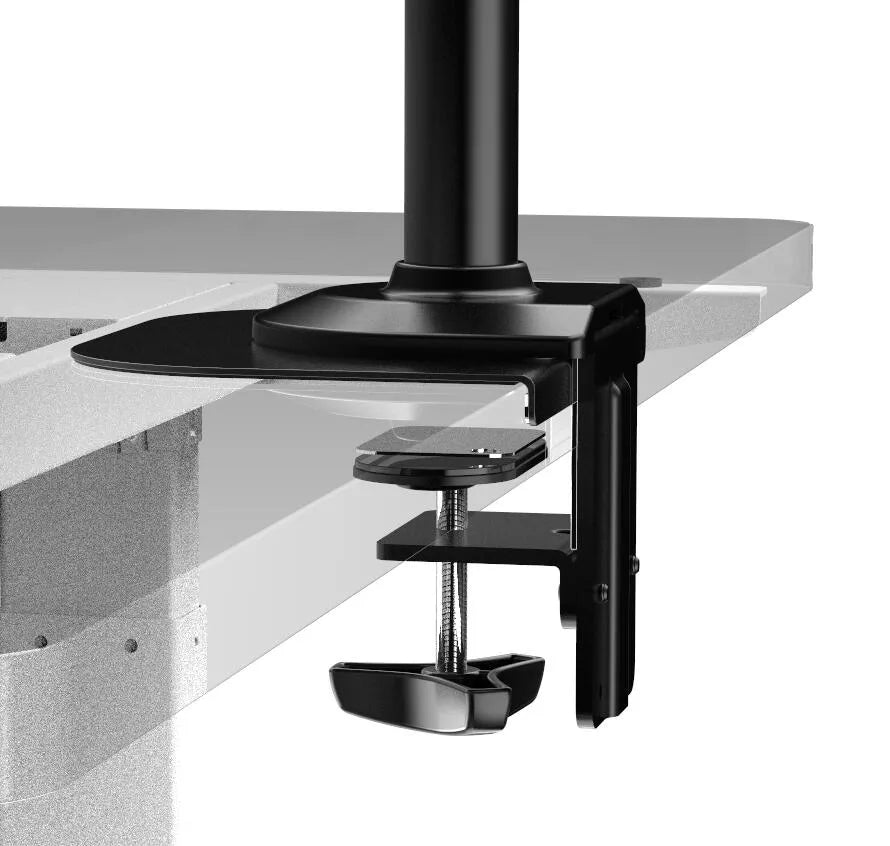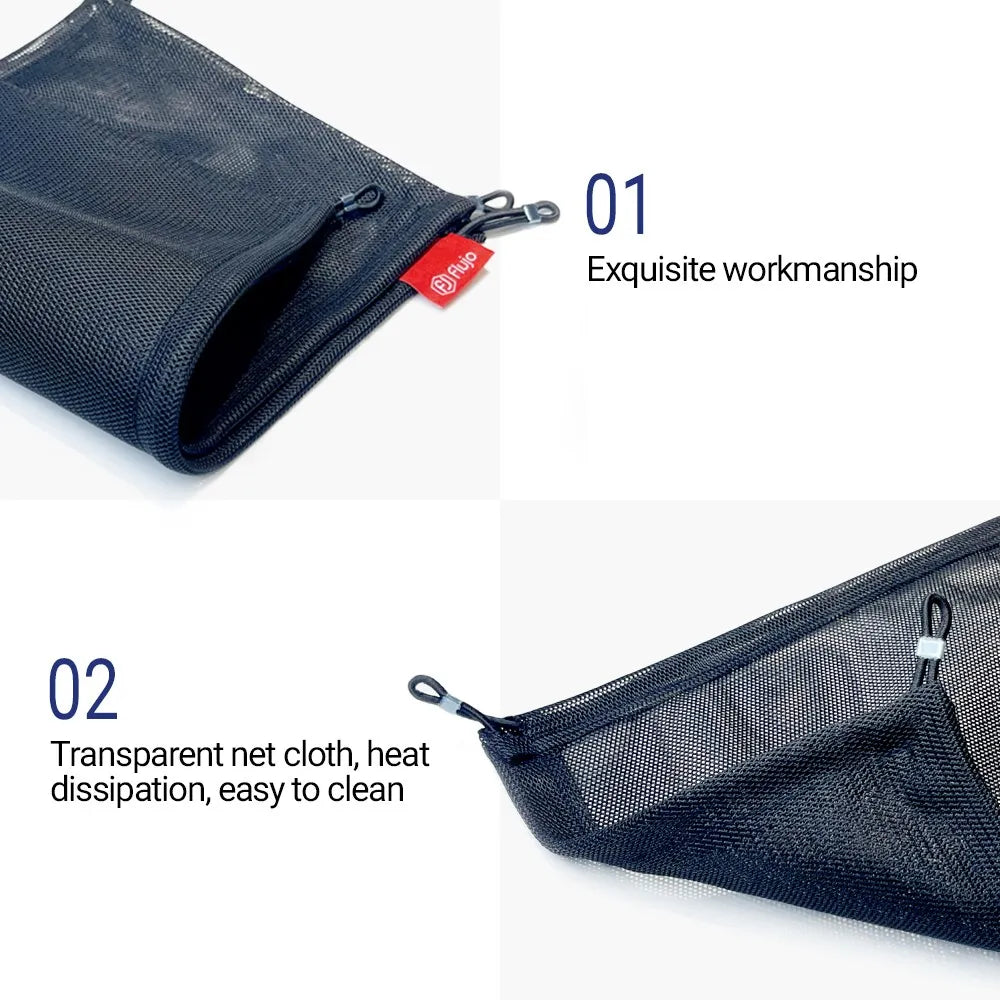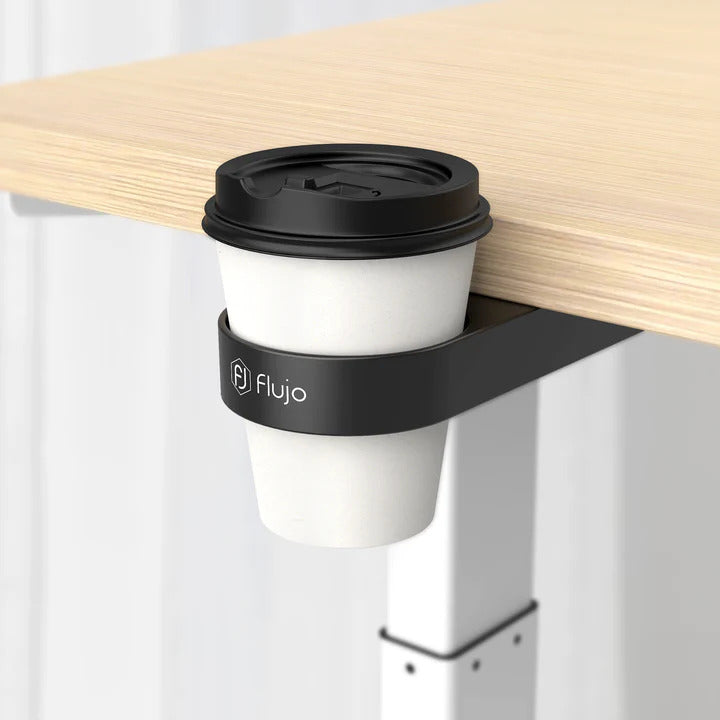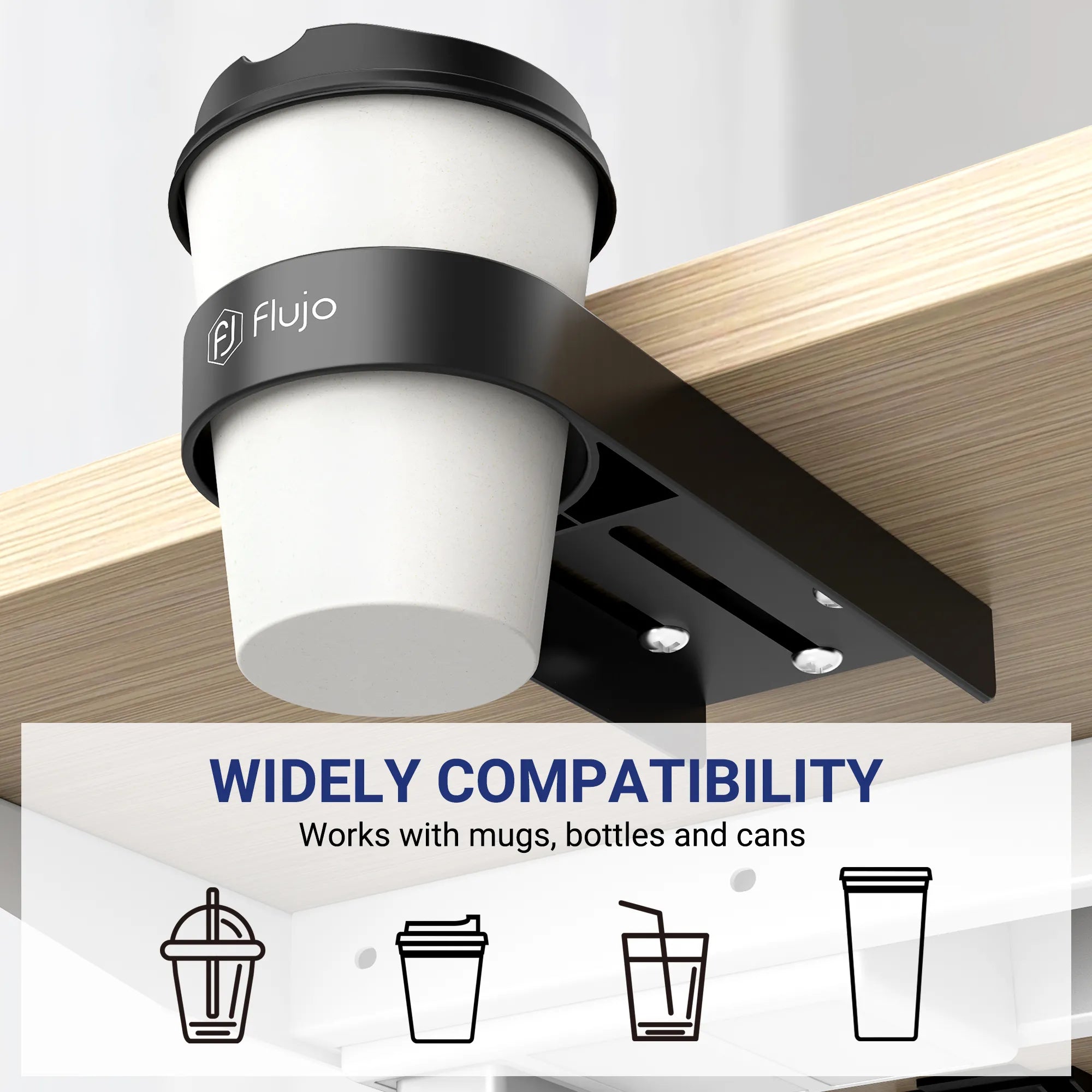Flexible Work Arrangements and the Home Office Revolution in Singapore
In the heart of Singapore's dynamic economic landscape, a quiet revolution is unfolding that promises to redefine the very fabric of the professional world. As the city-state grapples with demographic shifts and evolving societal needs, flexible work arrangements have surged from a mere convenience to a fundamental necessity.
This transformation is particularly pronounced as an increasing number of Singaporeans embrace caregiving roles, balancing the demands of professional careers with the responsibilities of tending to aging parents or young children. Amidst this backdrop, the concept of the home office has transitioned from an optional luxury to an essential component of the modern workforce's toolkit.
The intertwining of flexible work arrangements with home office setups not only mirrors Singapore's commitment to nurturing a resilient, inclusive, and adaptable economy but also highlights the nuanced understanding of work-life integration that has come to characterize its approach to workforce management.
This blog delves deep into the significance of this paradigm shift, exploring how the fusion of flexibility in work schedules with the strategic setup of home offices is crafting a blueprint for the future of work in Singapore.
We examine the catalysts propelling this movement, underscore the manifold benefits it heralds for employees and employers alike, and spotlight the indispensable role of innovative solutions provided by companies like Flujo Singapore in facilitating this transition.
Through this exploration, we aim to illuminate the pathways through which flexible work arrangements and home office setups are not merely responding to immediate needs but are laying the groundwork for a more adaptable, satisfied, and efficient workforce.
Join us as we navigate the intricacies of this evolving landscape, uncovering insights and strategies that can help businesses and individuals alike to thrive in the face of changing work and life dynamics in Singapore.
The Rise of Caregiving Responsibilities
In Singapore, a notable demographic shift is underway, marked by an aging population and changing family structures. This transition has profound implications for the workforce, especially as more Singaporeans are called upon to assume caregiving responsibilities for elderly relatives or family members with special needs.
The statistics paint a clear picture: a significant portion of the workforce is now balancing their professional duties with caregiving tasks, a dual role that demands immense flexibility and resilience.
This growing trend towards caregiving is not just a personal concern for many; it's becoming a national conversation about how work environments can adapt to the changing needs of their employees.
Caregivers often face unpredictable schedules, the need for emergency leave, and the daily juggle of work tasks with home care responsibilities. The traditional 9-to-5 work model is increasingly incompatible with these demands, highlighting the urgent need for flexible work arrangements that accommodate the complexities of caregiving.
The implications of this shift extend beyond individual well-being to affect broader economic and social outcomes. Companies that fail to adapt risk losing valuable talent, as caregivers may be forced to choose between their careers and their loved ones.
Moreover, the mental and physical strain of managing dual roles can lead to burnout, reduced productivity, and even health issues, further underscoring the importance of supportive workplace policies.
Recognizing the critical role of caregivers in society, and the unique challenges they face, is the first step towards creating a more inclusive and adaptable work culture. By doing so, Singapore can ensure that its workforce remains vibrant, diverse, and sustainable, ready to meet the challenges of the future with resilience and compassion.
Flexible Work Arrangements: A Closer Look
In the evolving landscape of Singapore's workforce, flexible work arrangements (FWAs) stand out as a beacon of progress, reflecting a shift towards more adaptive, employee-centric work environments.
These arrangements are not merely alternative schedules but a reimagining of the traditional workspace dynamics to foster a culture of inclusivity, productivity, and well-being. At their core, FWAs offer employees the autonomy to tailor their work patterns and environments to better fit their personal and caregiving responsibilities, without compromising their professional responsibilities.

Types and Benefits of FWAs
FWAs encompass a diverse array of practices, each catering to different needs and scenarios. Telecommuting, or working from home, allows employees to eliminate commute times and create a work environment that suits their personal productivity rhythms.
Staggered hours and flexible scheduling offer the ability to start and end the workday at times that accommodate personal obligations, such as caregiving or attending school functions. Part-time work and job sharing are also critical components of FWAs, providing solutions for those who cannot commit to full-time positions due to personal circumstances.
The benefits of FWAs are manifold and extend well beyond individual convenience. For employees, they represent a crucial tool for achieving work-life harmony, reducing stress, and enhancing job satisfaction.
From an organizational perspective, FWAs can lead to higher levels of employee engagement, reduced absenteeism, and lower turnover rates. Moreover, companies that champion FWAs often see an improvement in their employer brand, attracting top talent who value flexibility and autonomy.

Driving Innovation and Productivity
Contrary to the traditional view that equates physical presence with productivity, FWAs have been shown to boost efficiency and innovation. By allowing employees to work during their peak productivity periods and from environments where they feel most comfortable, organizations can tap into heightened levels of creativity and problem-solving. Additionally, the trust and autonomy inherent in FWAs can empower employees, fostering a sense of ownership and accountability that drives performance.
Adapting to the Future of Work
As Singapore continues to navigate the challenges of a dynamic global economy and a shifting demographic landscape, the adoption of FWAs is more than a trend—it's a strategic imperative.
The COVID-19 pandemic has further accelerated this shift, demonstrating the viability and benefits of flexible work models. Companies that adapt to these changes and integrate FWAs into their operational DNA will not only thrive in the present but will be well-positioned to lead in the future of work.
In conclusion, flexible work arrangements are a vital component of Singapore's evolving work culture, offering a pathway to a more resilient, productive, and satisfied workforce. By embracing FWAs, organizations can build a more adaptive, inclusive, and innovative workplace, ready to meet the challenges and opportunities of the future head-on.
The Role of Home Office in Flexible Work
The emergence of home offices as a fundamental component of flexible work arrangements marks a pivotal shift in how we perceive the concept of a workspace. Far from being a mere convenience, the home office has evolved into a critical enabler of work-life balance, particularly in a fast-paced city-state like Singapore.
This transformation reflects a deeper understanding of productivity not as a function of physical presence in a traditional office but as an outcome of focused and effective work, regardless of location.
In the heart of this evolution lies the home office, a sanctuary that blurs the lines between personal and professional life while maintaining the integrity of both. An effectively designed home office goes beyond the physical setup; it embodies the principles of flexibility, ergonomics, and connectivity.
It is a space thoughtfully equipped with tools and technologies that facilitate seamless communication and collaboration, mirroring the capabilities of a traditional office environment but with the added benefits of personal comfort and reduced commute stress.
Moreover, the role of the home office extends into the realms of mental health and well-being. It offers individuals the autonomy to design their workday around peak productivity periods and personal commitments, fostering a healthier approach to work that acknowledges the importance of downtime and personal space. This autonomy can lead to a more satisfied and engaged workforce, reducing turnover and enhancing company loyalty.
However, the transition to home-based work is not without its challenges. It requires a cultural shift within organizations towards trust and outcome-based performance metrics, as well as the adoption of digital tools that support remote work.
Companies play a crucial role in this transition, not just by providing the necessary resources and technology, but also by cultivating a supportive culture that values flexibility, autonomy, and the well-being of its employees.
As Singapore continues to navigate the complexities of modern work life, the home office stands as a testament to the adaptability and resilience of its workforce. By embracing the home office as a key component of flexible work arrangements, companies can unlock a world of potential, driving innovation, productivity, and satisfaction in the digital age.

Challenges and Solutions
The shift towards flexible work arrangements and the integration of home offices into the professional landscape brings with it a unique set of challenges. These obstacles, however, are not insurmountable; with strategic planning and innovative solutions, companies can turn these potential setbacks into opportunities for growth and enhanced productivity.
Challenges
- Maintaining Communication and Collaboration: One of the most significant challenges in a flexible work environment is ensuring that communication and collaboration remain robust among team members who may be working asynchronously or from various locations. The risk of siloed information and reduced team cohesion is real and can impact project outcomes and employee engagement.
- Overseeing Productivity and Performance: Managers often express concerns about maintaining visibility over their team's productivity and performance without the traditional in-office oversight. This challenge is compounded by the diverse distractions that can arise in a home environment, from family responsibilities to the lure of personal interests.
- Cultivating Company Culture: Sustaining a strong company culture is another hurdle when employees are dispersed. Without regular face-to-face interactions, fostering a sense of belonging and alignment with company values becomes more complex.
- Technology and Security: Ensuring that all employees have access to the necessary technology and that data remains secure outside the office environment requires careful planning and investment.
Solutions
- Leveraging Technology for Enhanced Communication: Utilizing digital tools and platforms can bridge the gap in communication and collaboration. Regular video conferences, collaborative online workspaces, and project management software can keep teams connected and engaged with their work and each other.
- Setting Clear Expectations and Utilizing Performance Metrics: By establishing clear goals and utilizing outcome-based performance metrics, managers can effectively monitor productivity without micromanaging. Regular check-ins and feedback sessions can help address any concerns and keep projects on track.
- Building Culture Through Virtual Engagement: Companies can cultivate a strong sense of community and culture through virtual team-building activities, online social events, and recognition programs. Encouraging informal interactions and providing platforms for employees to share personal milestones and achievements can also strengthen bonds.
- Investing in Secure Technology: Providing employees with the necessary technology and implementing robust security measures are crucial. This includes secure VPN access, regular cybersecurity training, and clear guidelines on data protection practices.
By addressing these challenges with thoughtful solutions, companies can fully harness the benefits of flexible work arrangements and home office setups. The key lies in embracing change, fostering open communication, and leveraging technology to create an inclusive, productive, and secure work environment. This approach not only supports individual employee needs but also drives organizational success in the evolving world of work.

Case Studies and Success Stories

The shift towards flexible work arrangements and the adoption of home office setups have been met with notable successes across various industries. These success stories not only showcase the benefits of such arrangements but also serve as a blueprint for organizations looking to embark on this transformative journey.
Below, we highlight a few case studies that exemplify the positive impact of flexible work and home office integration on businesses and their employees in Singapore.
Keller Singapore's Leadership in Employee Well-being
Keller Singapore, recognized for its commitment to employee well-being, has implemented innovative workplace solutions to promote work-life harmony and mental health, especially highlighted during Global Diversity Awareness Month and World Mental Health Day.
Their participation in the Workplace Safety and Health Conference 2022 showcased their successful wellbeing framework, emphasizing a culture of care and inclusivity. Winning the Workplace of the Year Award for Best Work-Life Harmony, Keller Singapore has introduced flexible and hybrid working policies, alongside initiatives aimed at improving operational hours and promoting work-life balance standards.
This approach has been particularly beneficial in addressing the challenges faced by dual-income families and migrant workers, demonstrating Keller's holistic commitment to employee welfare.
For more details, you can visit the original article on Keller's website: Keller Singapore: leaders in employee wellbeing.
UOB Study: Half of Singaporeans Prefer Full-time Office Work
The UOB ASEAN Consumer Sentiment Study 2022 revealed a significant gap between employee desires for flexible work arrangements and current practices, with nearly half of Singaporeans back in full-time office work despite a strong preference for flexibility.
Financial concerns in Singapore are notably higher than in other ASEAN countries, influenced by rising living costs and anticipated GST hikes. UOB has responded by implementing flexible work policies and wellness benefits, addressing work-related stress and prioritizing employee mental health and job satisfaction amidst the evolving post-COVID-19 work landscape.
For more details, visit the UOB Group website.
AsiaOne's Flexible Work Arrangements Boost Work-Life Balance
AsiaOne launched a Flexible Work Arrangement (FWA) system in 2022, offering employees at least six days of FWA monthly, with flexi-load and flexi-time options. CEO Sean Ler views FWA as essential for adapting to employees' life changes, enhancing talent retention and productivity. Toh Lan Sze, Digital Campaigns Management Director, appreciates the balance FWA brings to managing work and family, facilitated by remote communication tools like Zoom. For more details, read the full article here.
Tetra Pak Singapore Champions Flexible Working for Enhanced Productivity
Tetra Pak Singapore has embraced flexible working arrangements to enhance employee satisfaction and productivity. Recognizing the diverse needs of its workforce, the company offers various flexible options to support work-life balance.
This approach not only aids in retaining talent but also aligns with modern work practices. For more insights on Tetra Pak's flexible work strategies in Singapore, visit their website here.

Embracing the Future of Work in Singapore

The journey towards adopting flexible work arrangements and integrating home office setups is more than a trend; it's a fundamental shift in the ethos of work culture, especially evident in the dynamic landscape of Singapore.
The case studies and success stories from local enterprises underscore the tangible benefits of such arrangements, including heightened productivity, improved employee well-being, and increased organizational resilience. These successes illuminate the path forward for companies still on the fence about embracing this change.
As we reflect on the insights and lessons learned from pioneers in flexible work, it becomes clear that the future of work is not just about where we work, but how we work. Embracing flexibility, leveraging technology, and fostering a culture of trust and accountability are key pillars in this new work paradigm.
The transition requires a holistic approach, balancing the needs of the business with the well-being of its employees, demonstrating that flexibility can indeed complement and even enhance productivity and engagement.
For companies in Singapore and beyond looking to navigate this shift, the message is clear: the time to act is now. By adopting flexible work practices and supporting home office setups, businesses can not only attract and retain top talent but also build a more agile and adaptable workforce, prepared to meet the challenges of the future.
As we move forward, companies like Flujo Singapore play a crucial role in this transition, offering innovative solutions that enable seamless communication, collaboration, and productivity, regardless of physical location. By choosing to invest in flexible work arrangements and the necessary tools and technologies to support them, businesses can create a more inclusive, dynamic, and forward-thinking work environment.
In conclusion, the evolution towards flexible work arrangements and home offices is not merely a response to the changing times but a proactive strategy to foster a more engaged, satisfied, and productive workforce. Singapore's journey into this new era of work is just beginning, and the opportunities for growth, innovation, and transformation are boundless. The future of work is here, and it is flexible, adaptable, and inclusive, promising a brighter horizon for companies and employees alike.







